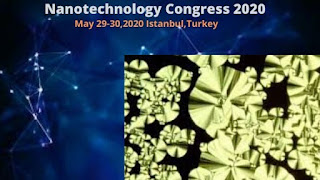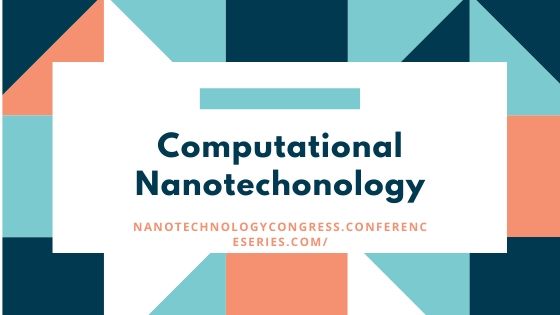Here's how nanoparticles could help us near to treat for a CoVID-19

Since the outbreak of corona began in 2019, researchers have been racing to study more about SARS-CoV-2, which is a strain from a family of viruses known as coronavirus for their crown-like shape. SARS-CoV-2 spreads mostly through tiny droplets of viral particles from breathing, talking, sneezing, coughing that enter the body through the eyes, mouth, or nose. Preliminary research also suggests that those germs may survive for days when they attach themselves to countertops, handrails, and other hard surfaces. No vaccine developed for specific treatment for COVID-19, the disease produced by the severe acute respiratory syndrome SARS-CoV-2. The idea of using nanoparticles is that the virus behind COVID-19 consists of assembly similar scale as his nanoparticles. At that scale the matter is ultra-small around ten thousand times smaller than the width of a single strand of hair . Scientists proposing particles of similar sizes that could attach to SARS-CoV-2 viruses disrupting





